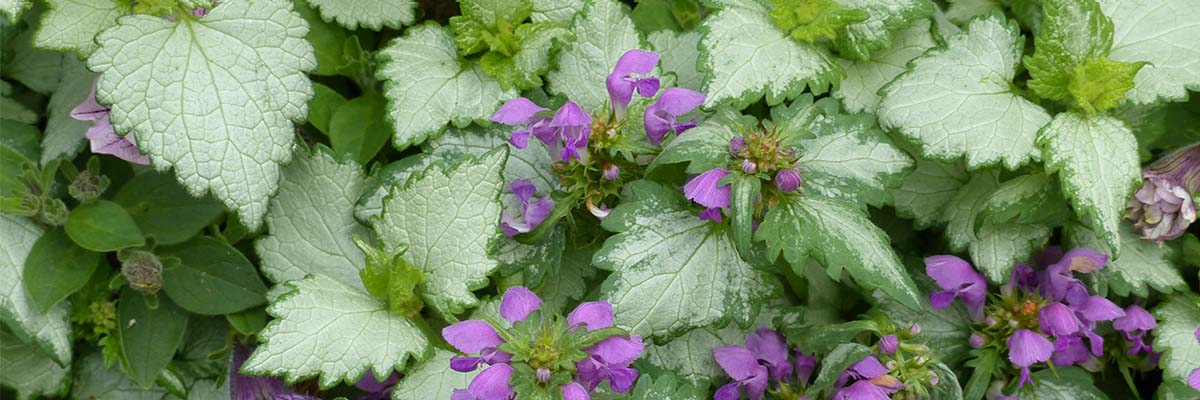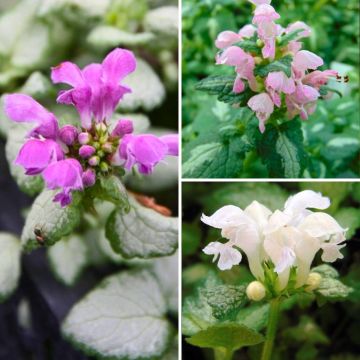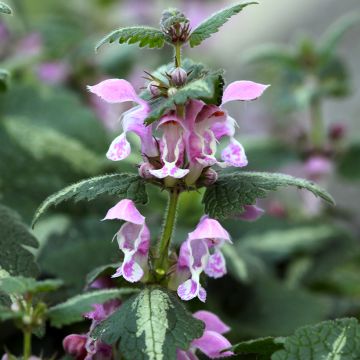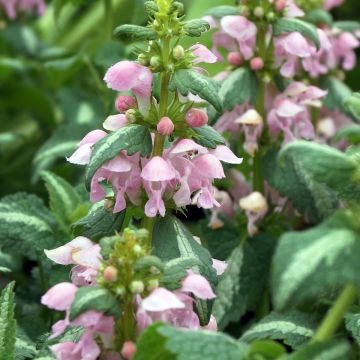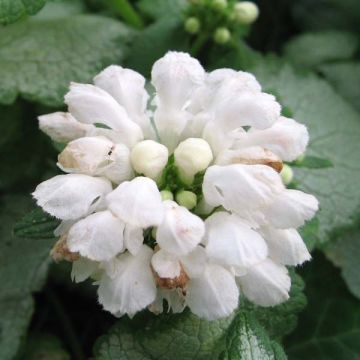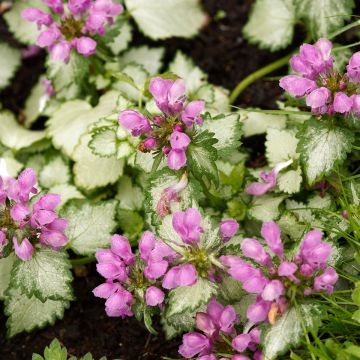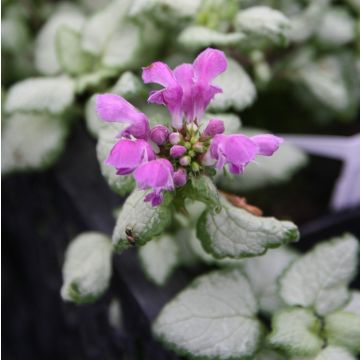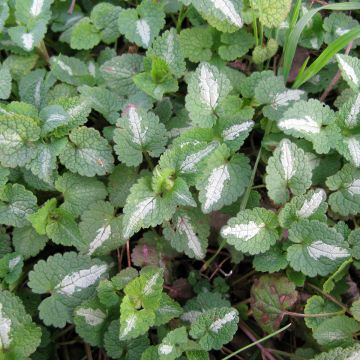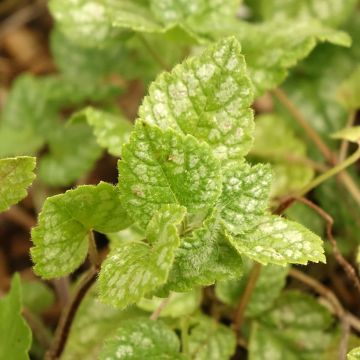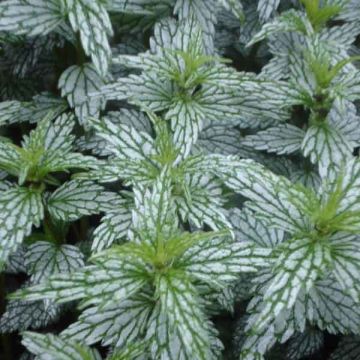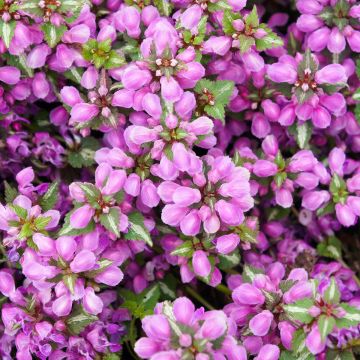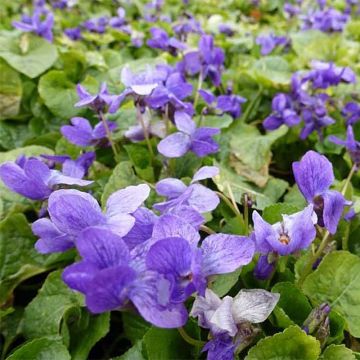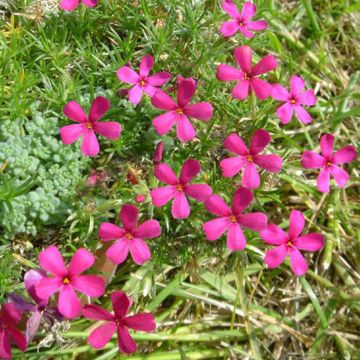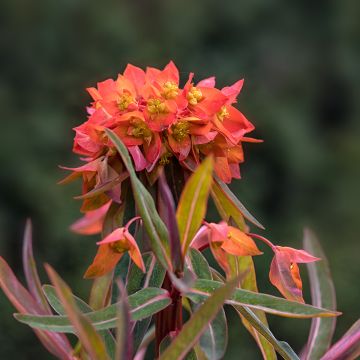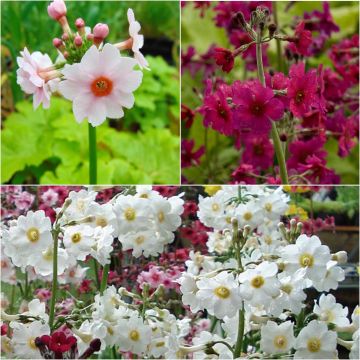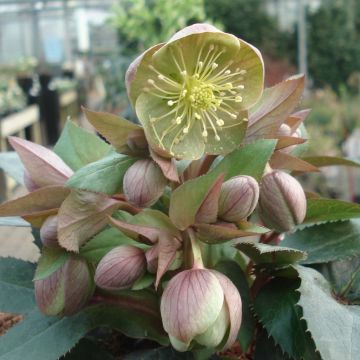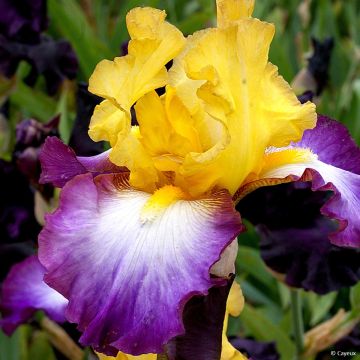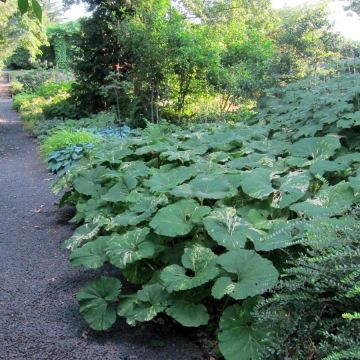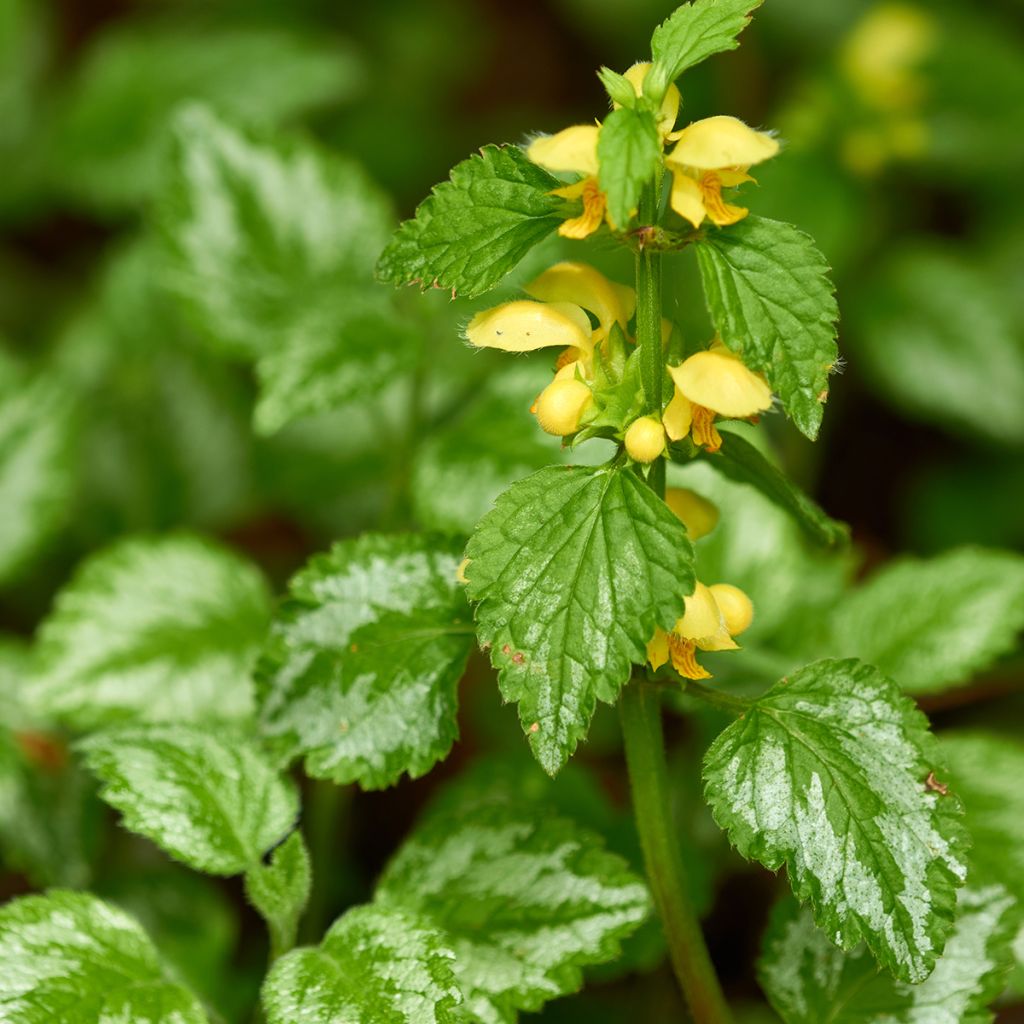

Lamium galeobdolon - Yellow Deadnettle
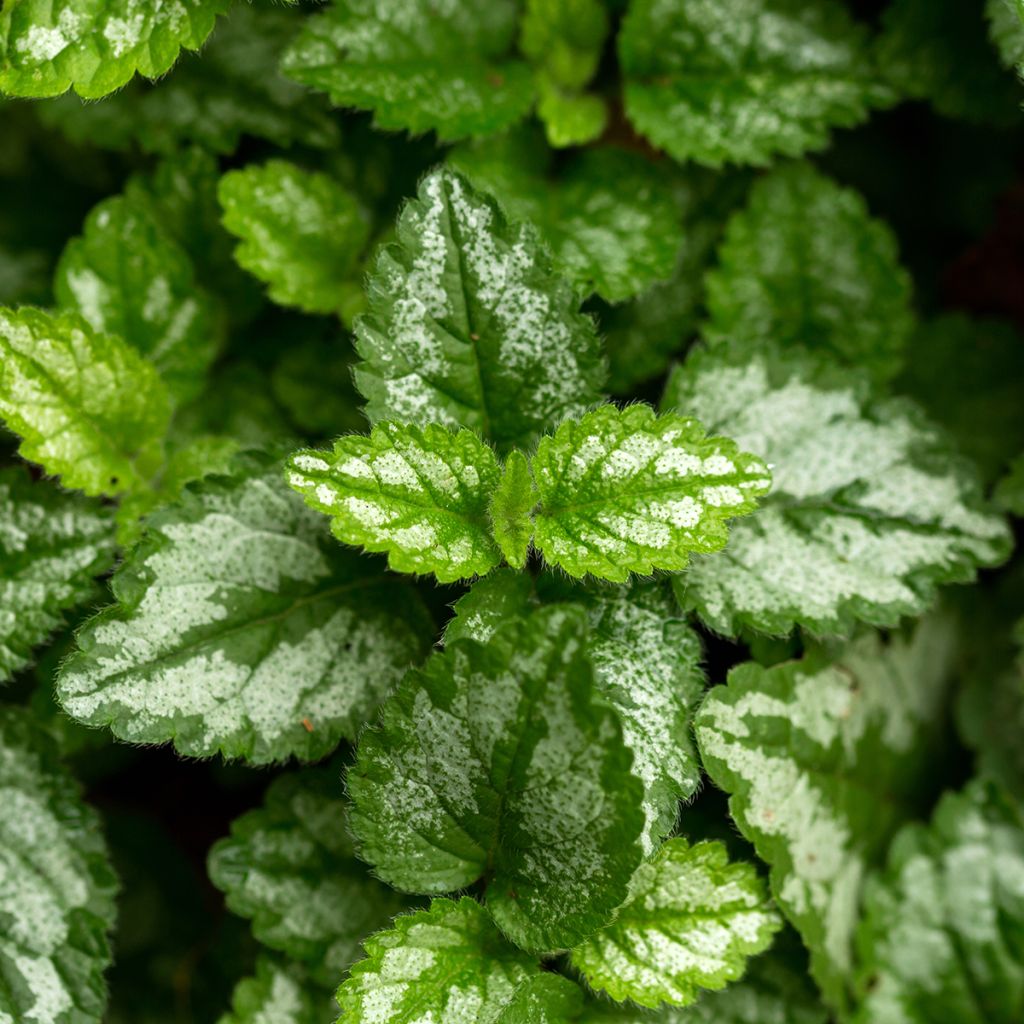

Lamium galeobdolon - Yellow Deadnettle
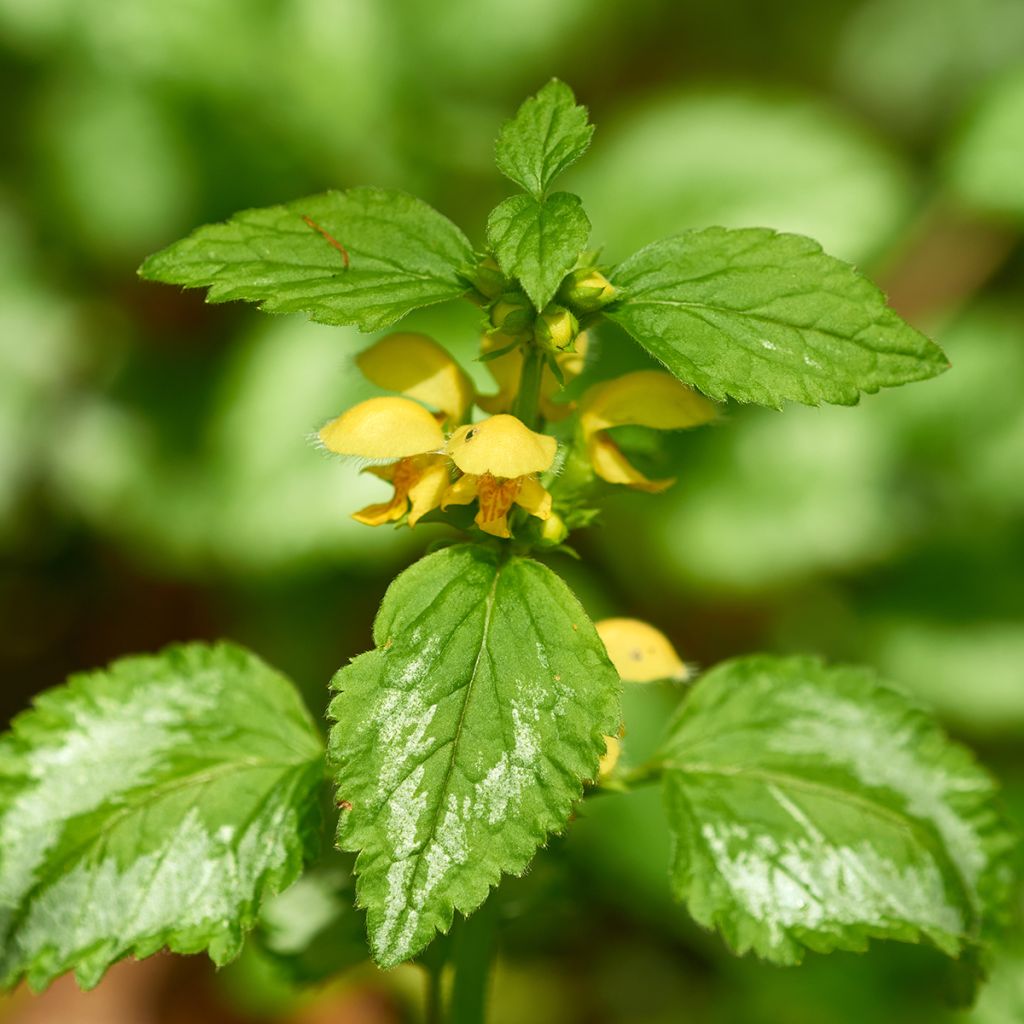

Lamium galeobdolon - Yellow Deadnettle
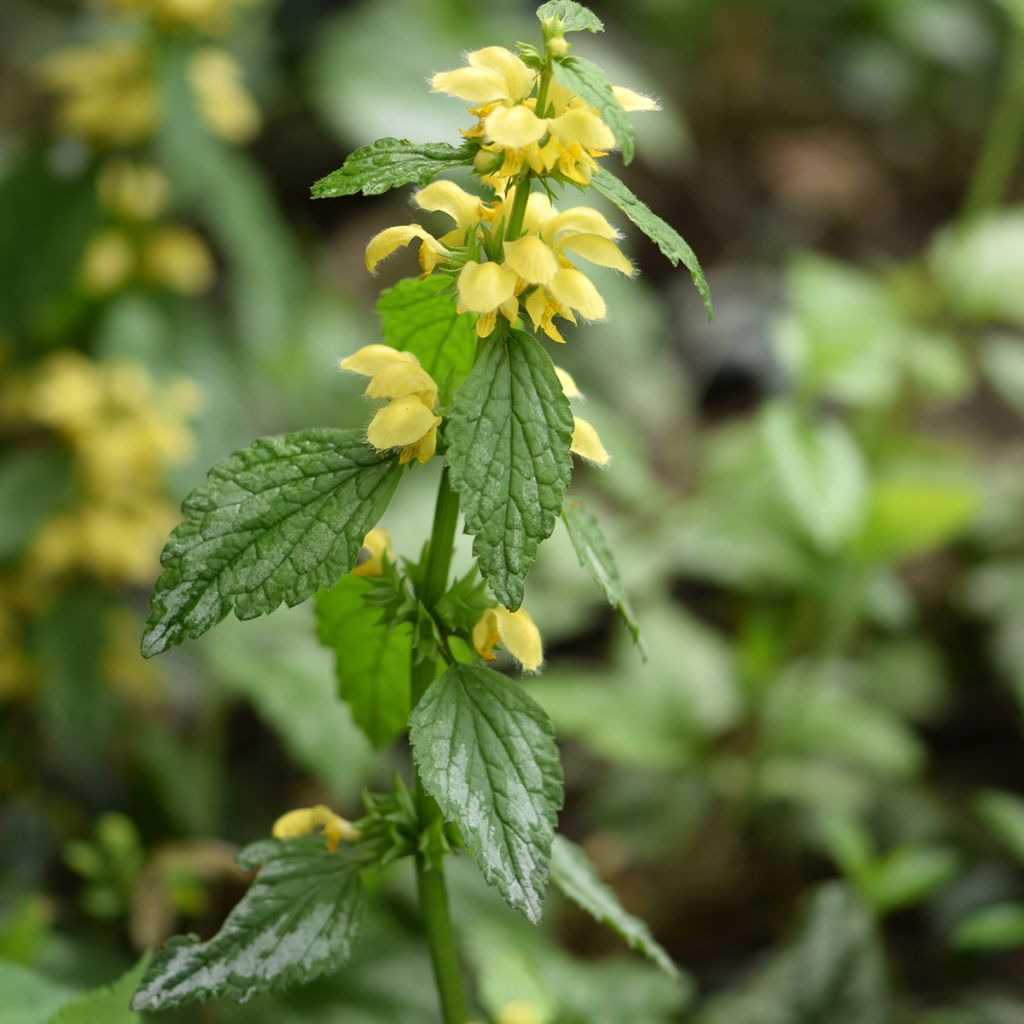

Lamium galeobdolon - Yellow Deadnettle
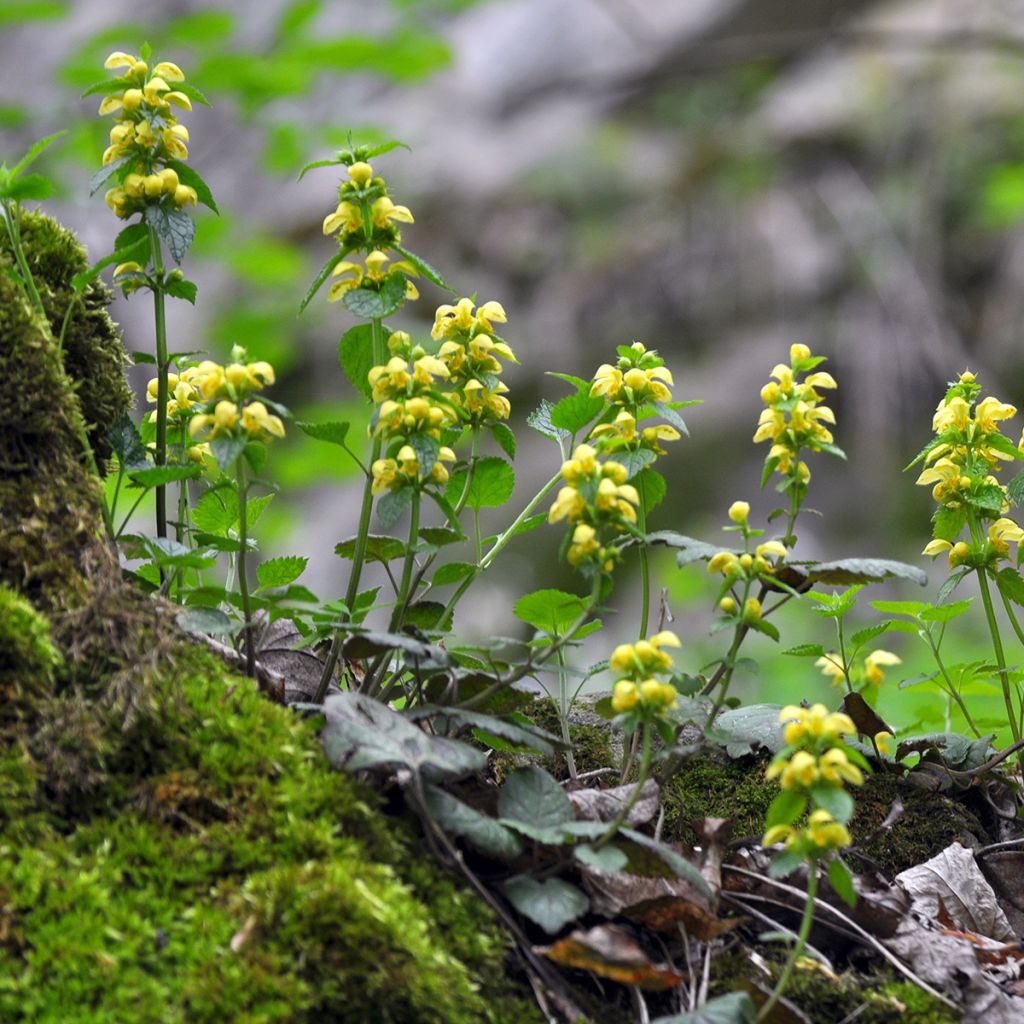

Lamium galeobdolon - Yellow Deadnettle
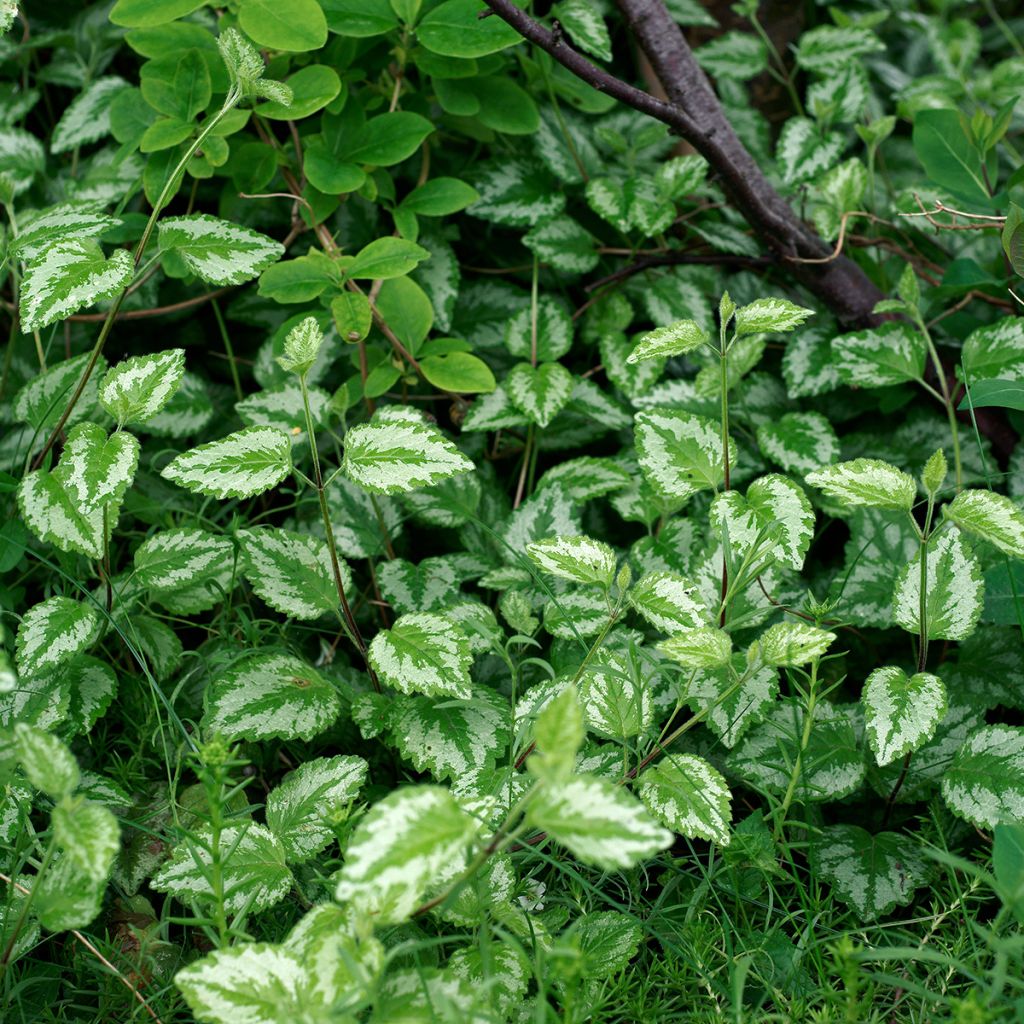

Lamium galeobdolon - Yellow Deadnettle
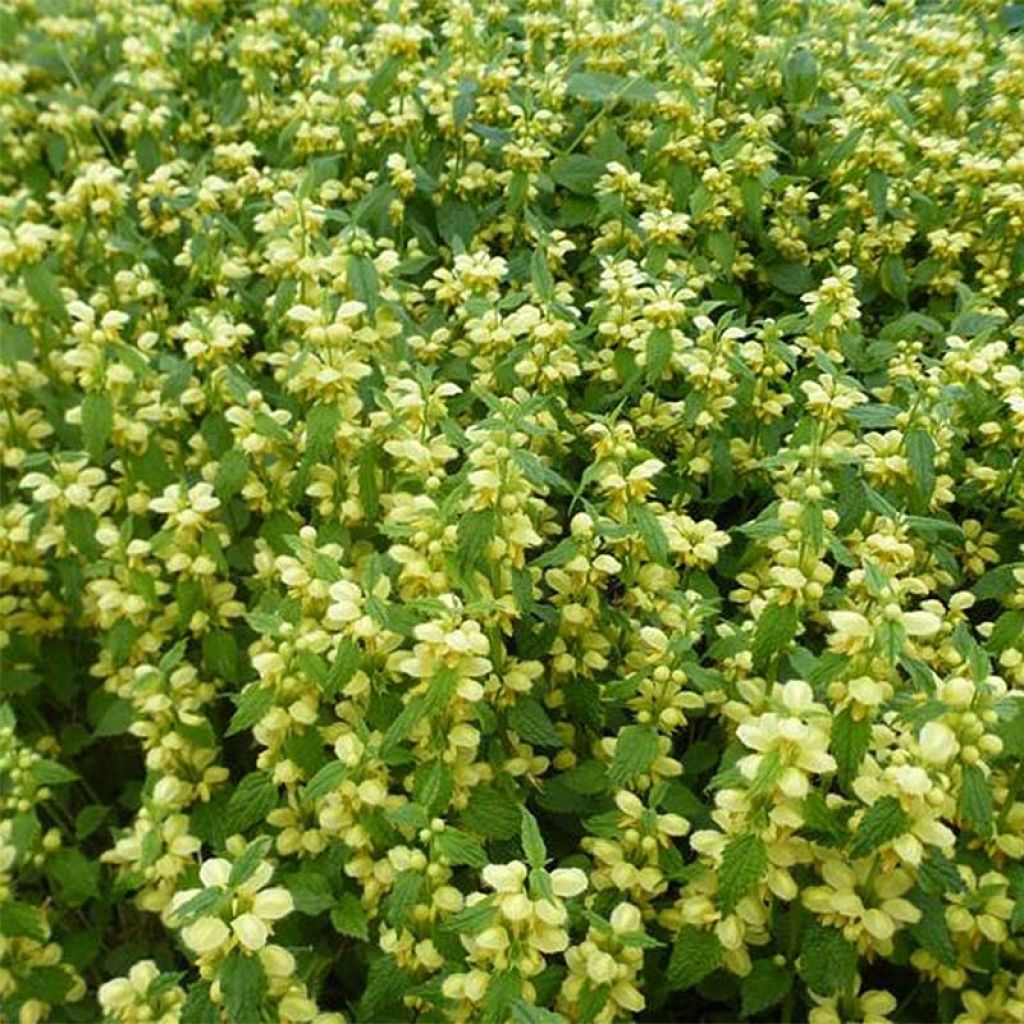

Lamium galeobdolon - Yellow Deadnettle
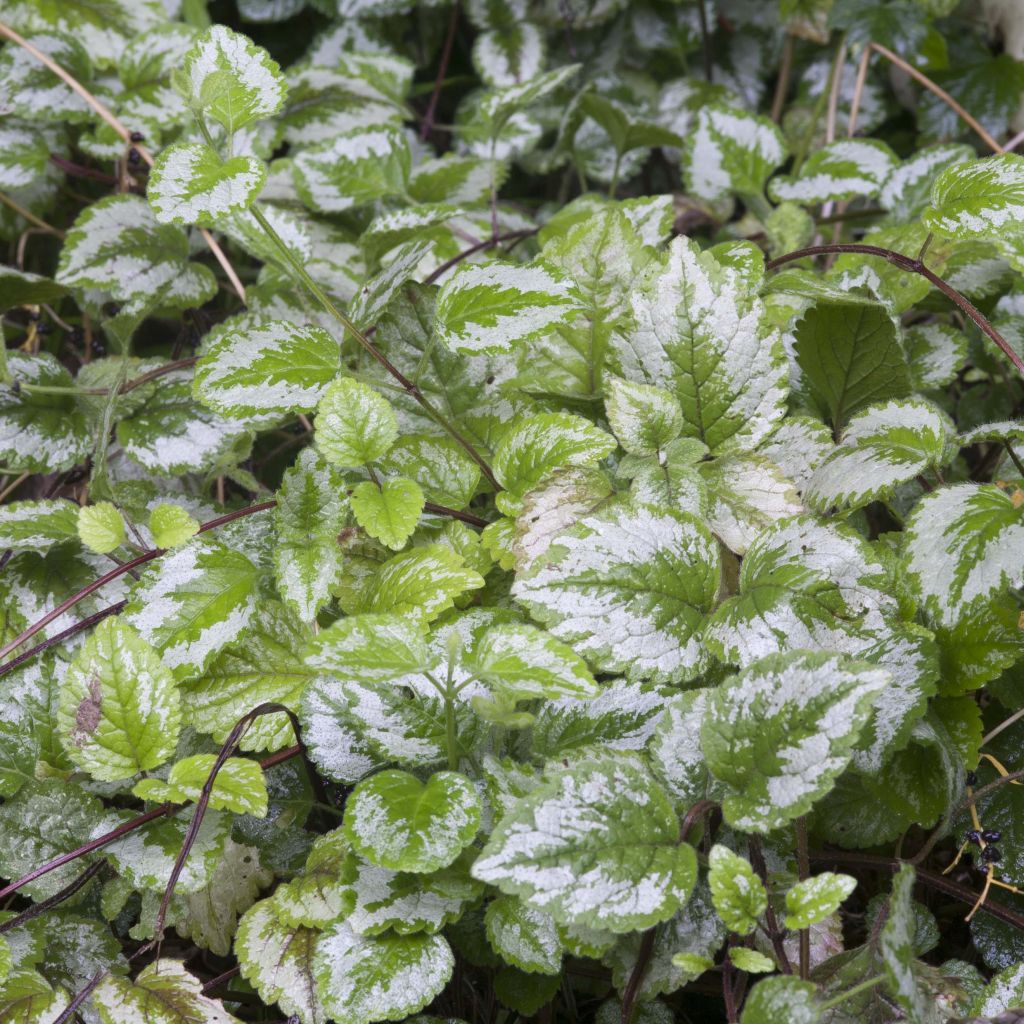

Lamium galeobdolon - Yellow Deadnettle
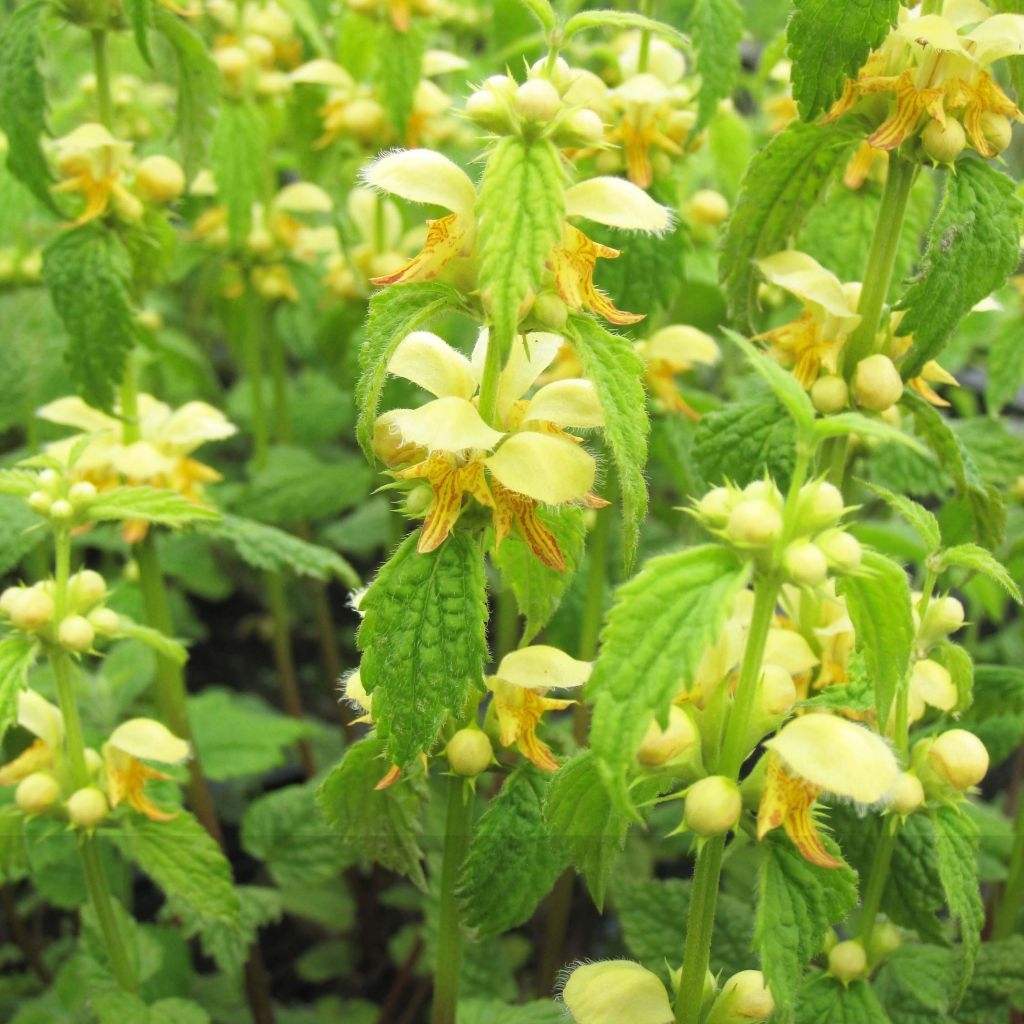

Lamium galeobdolon - Yellow Deadnettle
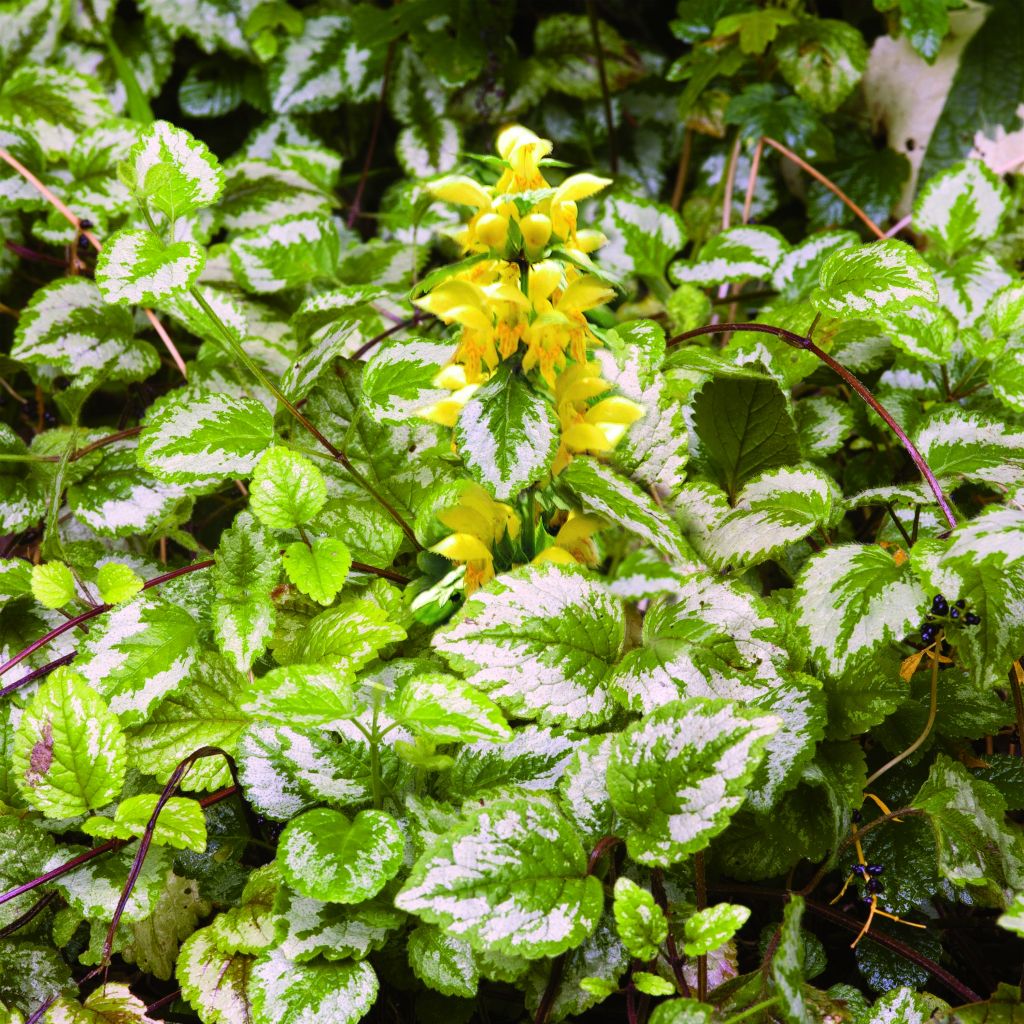

Lamium galeobdolon - Yellow Deadnettle
Lamium galeobdolon - Yellow Deadnettle
Lamium galeobdolon
Yellow Deadnettle, Yellow Archangel, Weasel's Snout
Disappointed, I received two young plants whose rather ordinary foliage does not match the advertised colour (it's all green!). Their appeal is somewhat diminished, but I still kept them and they are thriving.
Anne, 26/05/2021
Special offer!
Receive a €20 voucher for any order over €90 (excluding delivery costs, credit notes, and plastic-free options)!
1- Add your favorite plants to your cart.
2- Once you have reached €90, confirm your order (you can even choose the delivery date!).
3- As soon as your order is shipped, you will receive an email containing your voucher code, valid for 3 months (90 days).
Your voucher is unique and can only be used once, for any order with a minimum value of €20, excluding delivery costs.
Can be combined with other current offers, non-divisible and non-refundable.
Home or relay delivery (depending on size and destination)
Schedule delivery date,
and select date in basket
This plant carries a 12 months recovery warranty
More information
We guarantee the quality of our plants for a full growing cycle, and will replace at our expense any plant that fails to recover under normal climatic and planting conditions.

Would this plant suit my garden?
Set up your Plantfit profile →
Description
Lamium galeobdolon, formerly known as Lamiastrum galeobdolon or more commonly known as yellow archangel or yellow deadnettle, is a perennial herbaceous plant that forms a thick 30cm (12in) carpet, with light green veined foliage that is roughly toothed and irregularly speckled with silver-grey. It produces rhizomes and stolons that allow for rapid colonisation of moist and shaded areas, even under trees. Leafy yellow spikes rise above the carpet during the summer. This plant is easy to establish, but it can sometimes become invasive.
The galeobdolon species is native to Europe and Asia Minor and is very hardy down to -20°C (-4°F). This excellent ground cover brings freshness and a beautiful carpeting effect with its thick vegetation comparable to that of periwinkle, but with semi-evergreen foliage of a lighter shade. The short-petioled leaves have an elliptical, pointed, and roughly toothed lamina, 2 to 3cm (1in) long, reminiscent of nettle leaves but non-stinging. However, they emit an unpleasant odour when crushed. They are arranged in an opposite manner along square stems and form scattered rosettes along reddish stolons. The flowers are bilabiate, as in all members of the Lamiaceae family, and reach 18mm (1in). They are grouped in leafy spikes that stand upright, delivering a bright yellow that illuminates the base of trees and bushes.
Very hardy, it quickly colonises embankments and thrives at the base of trees alongside daffodils, notably Narcissus 'Actaea', with which it forms a perfect duo. With rapid growth and a tendency to become invasive, reserve this plant for wild areas to form a carpet that prevents weeds from growing. You can associate Lamiastrum with vigorous perennials such as Geranium macrorrhizum, Epimedium perralchicum, and 'Red Dragon' knotweed.
Did you know? The word galeobdolon comes from the Greek galê, meaning "weasel, polecat," and bdolos, meaning "stench," in reference to the leaves that emit an unpleasant odour when crushed.
Lamium galeobdolon - Yellow Deadnettle in pictures
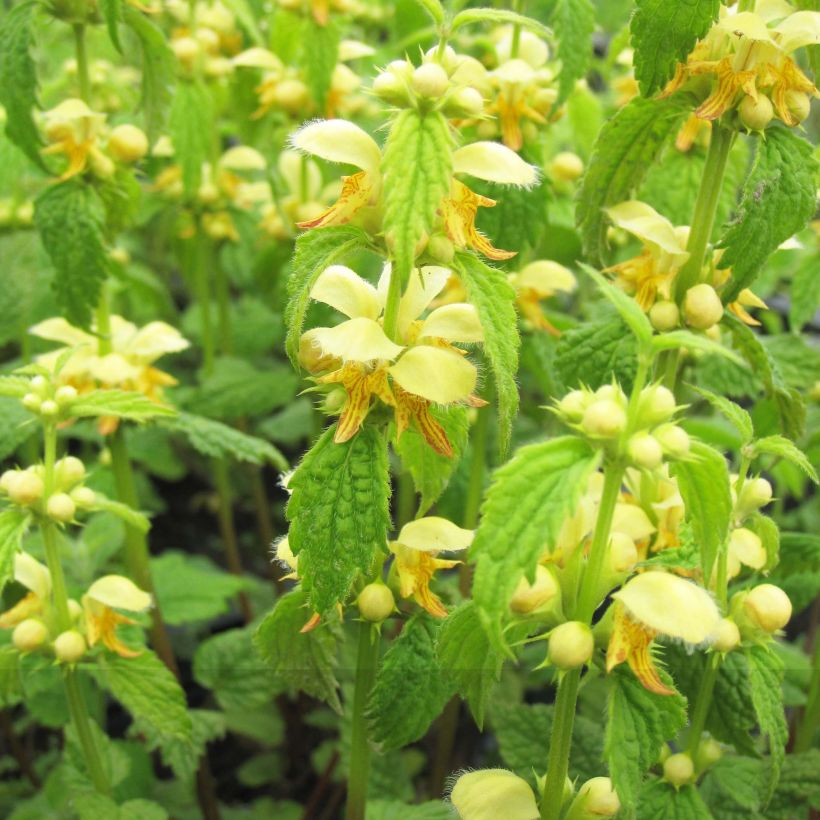





Flowering
Foliage
Plant habit
Botanical data
Lamium
galeobdolon
Lamiaceae
Yellow Deadnettle, Yellow Archangel, Weasel's Snout
Eastern Europe
Other Lamium - Dead-Nettle
View all →Planting and care
Lamiastrum galeobdolon thrives in shade or partial shade. It can tolerate full sun in moist soil, but the foliage colour is more beautiful in shade. Plant it in light, limestone-rich soil that is moist to wet, but not excessively waterlogged as lamium is sensitive to stagnant moisture. It does not suffer from competition from tree roots, which facilitates its establishment.
Planting period
Intended location
Care
Planting & care advice
-
, onOrder confirmed
Reply from on Promesse de fleurs
Similar products
Haven't found what you were looking for?
Hardiness is the lowest winter temperature a plant can endure without suffering serious damage or even dying. However, hardiness is affected by location (a sheltered area, such as a patio), protection (winter cover) and soil type (hardiness is improved by well-drained soil).

Photo Sharing Terms & Conditions
In order to encourage gardeners to interact and share their experiences, Promesse de fleurs offers various media enabling content to be uploaded onto its Site - in particular via the ‘Photo sharing’ module.
The User agrees to refrain from:
- Posting any content that is illegal, prejudicial, insulting, racist, inciteful to hatred, revisionist, contrary to public decency, that infringes on privacy or on the privacy rights of third parties, in particular the publicity rights of persons and goods, intellectual property rights, or the right to privacy.
- Submitting content on behalf of a third party;
- Impersonate the identity of a third party and/or publish any personal information about a third party;
In general, the User undertakes to refrain from any unethical behaviour.
All Content (in particular text, comments, files, images, photos, videos, creative works, etc.), which may be subject to property or intellectual property rights, image or other private rights, shall remain the property of the User, subject to the limited rights granted by the terms of the licence granted by Promesse de fleurs as stated below. Users are at liberty to publish or not to publish such Content on the Site, notably via the ‘Photo Sharing’ facility, and accept that this Content shall be made public and freely accessible, notably on the Internet.
Users further acknowledge, undertake to have ,and guarantee that they hold all necessary rights and permissions to publish such material on the Site, in particular with regard to the legislation in force pertaining to any privacy, property, intellectual property, image, or contractual rights, or rights of any other nature. By publishing such Content on the Site, Users acknowledge accepting full liability as publishers of the Content within the meaning of the law, and grant Promesse de fleurs, free of charge, an inclusive, worldwide licence for the said Content for the entire duration of its publication, including all reproduction, representation, up/downloading, displaying, performing, transmission, and storage rights.
Users also grant permission for their name to be linked to the Content and accept that this link may not always be made available.
By engaging in posting material, Users consent to their Content becoming automatically accessible on the Internet, in particular on other sites and/or blogs and/or web pages of the Promesse de fleurs site, including in particular social pages and the Promesse de fleurs catalogue.
Users may secure the removal of entrusted content free of charge by issuing a simple request via our contact form.
The flowering period indicated on our website applies to countries and regions located in USDA zone 8 (France, the United Kingdom, Ireland, the Netherlands, etc.)
It will vary according to where you live:
- In zones 9 to 10 (Italy, Spain, Greece, etc.), flowering will occur about 2 to 4 weeks earlier.
- In zones 6 to 7 (Germany, Poland, Slovenia, and lower mountainous regions), flowering will be delayed by 2 to 3 weeks.
- In zone 5 (Central Europe, Scandinavia), blooming will be delayed by 3 to 5 weeks.
In temperate climates, pruning of spring-flowering shrubs (forsythia, spireas, etc.) should be done just after flowering.
Pruning of summer-flowering shrubs (Indian Lilac, Perovskia, etc.) can be done in winter or spring.
In cold regions as well as with frost-sensitive plants, avoid pruning too early when severe frosts may still occur.
The planting period indicated on our website applies to countries and regions located in USDA zone 8 (France, United Kingdom, Ireland, Netherlands).
It will vary according to where you live:
- In Mediterranean zones (Marseille, Madrid, Milan, etc.), autumn and winter are the best planting periods.
- In continental zones (Strasbourg, Munich, Vienna, etc.), delay planting by 2 to 3 weeks in spring and bring it forward by 2 to 4 weeks in autumn.
- In mountainous regions (the Alps, Pyrenees, Carpathians, etc.), it is best to plant in late spring (May-June) or late summer (August-September).
The harvesting period indicated on our website applies to countries and regions in USDA zone 8 (France, England, Ireland, the Netherlands).
In colder areas (Scandinavia, Poland, Austria...) fruit and vegetable harvests are likely to be delayed by 3-4 weeks.
In warmer areas (Italy, Spain, Greece, etc.), harvesting will probably take place earlier, depending on weather conditions.
The sowing periods indicated on our website apply to countries and regions within USDA Zone 8 (France, UK, Ireland, Netherlands).
In colder areas (Scandinavia, Poland, Austria...), delay any outdoor sowing by 3-4 weeks, or sow under glass.
In warmer climes (Italy, Spain, Greece, etc.), bring outdoor sowing forward by a few weeks.






























